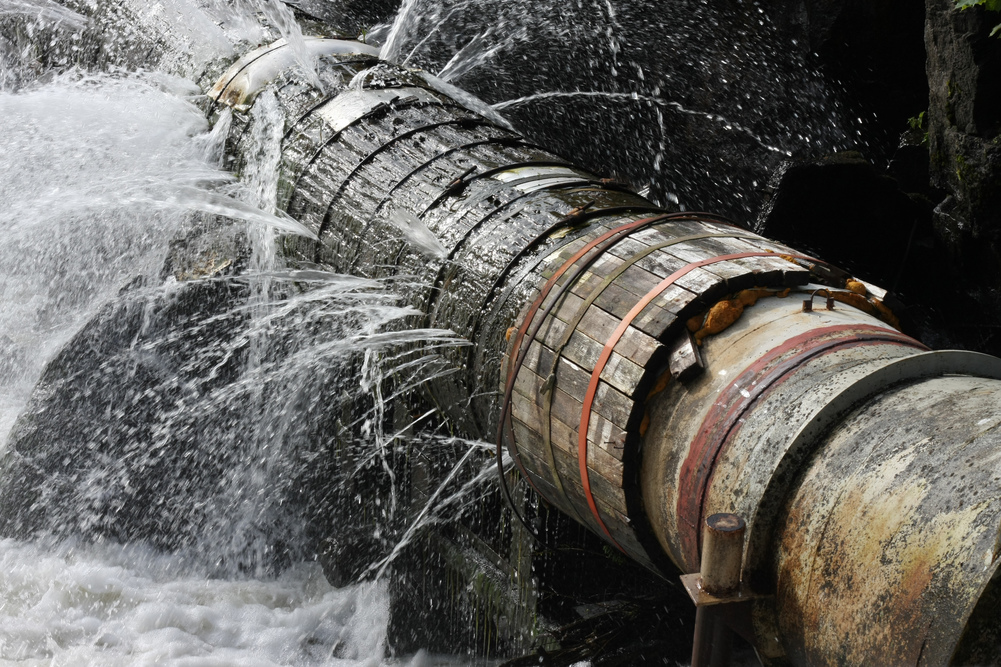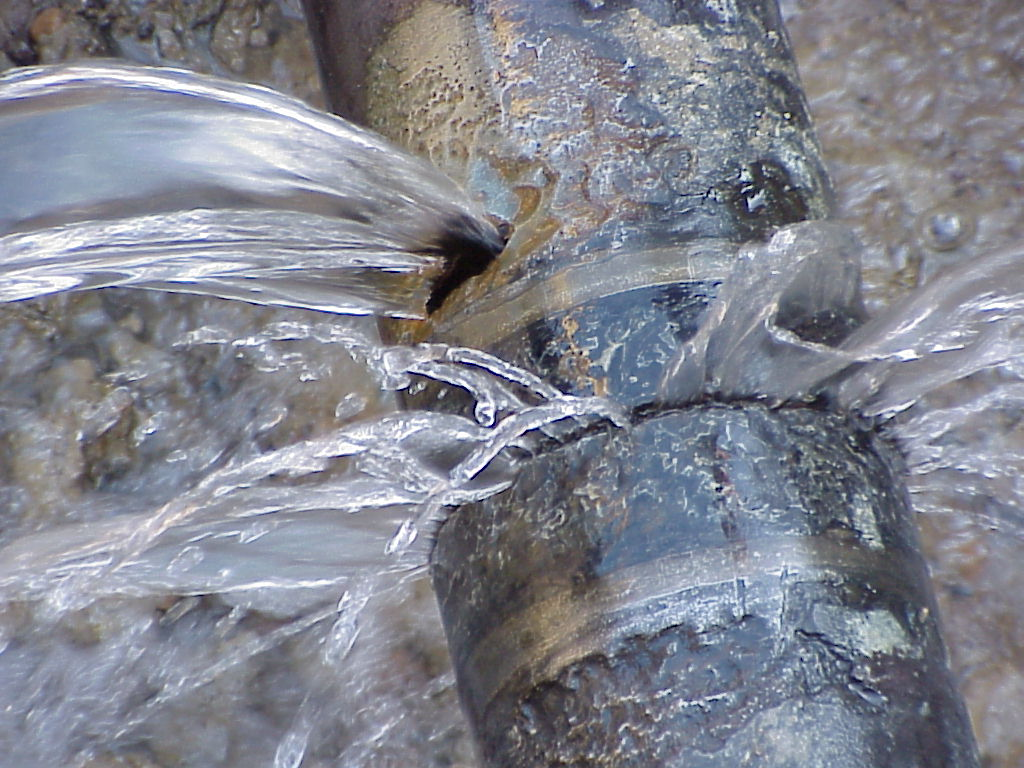Understanding Routine Septic Tank Maintenance: Everything You Should Know
Understanding Routine Septic Tank Maintenance: Everything You Should Know
Blog Article
The article author is making a number of great observations about Do’s And Don’ts For Homeowners Managing With Water Damage as a whole in this post on the next paragraphs.

What should you do if a water pipe ruptureds in your home, creating a mini-waterfall and also flooding an area of your residence? The longer you wait, the much more severe the water damages in your home. For these factors, you need to learn what to in situation of a burst water pipeline.
Shut Off the Key Waterline Valve
Look for the local shut-off valve to turn-off water in one certain location only. This will reduce off the water in your entire residence. Usually, the primary shutoff is located outside the residence next to the water meter.
Call Water Damage Remediation Pros for Assistance
After closing the water resource, call the pros for help. This is not something you can easily do it yourself due to the fact that they require to fix the pipes and deal with the problems to your residential property. Look for assistance from a credible firm supplying 24/7 emergency solutions. With their specialist aid, you can minimize worsening due to the fact that water can permeate via your points leading to distorted walls, loose ceramic tiles, or damage structure. Don't take this problem lightly and also look for career advice for complete assurance.
File the Damage For Insurance
As you are waiting for the pros to arrive, document the damage brought on by the wayward pipeline. Take photos as well as videos of whatever. Do closeup shots of valuables. These things will certainly act as proof for your house owner's insurance. Staying aggressive with this permits you to sue for protection, which will help you and also your family members return on your feet.
Recover Points That Can Be Saved
Once you're done taking images, browse the things as well as obtain one of the most important ones from the pile. Dry them off and attempt to protect as high as you can. Drag them far from wetness so they can start to dry out.
Beginning the Drying Process
While waiting for the pros, you can begin the drying out process. The good news is, water from your waterlines are clean so you do not have to fret about sewage system water. Nevertheless, the moving water may have interrupted the dust as well as particles in your rugs and also floorboards. So be prepared with handwear covers as you use containers to unload out the water. Blot out as much as you can with old towels. You can additionally turn on an electric follower or open home windows to promote air flow. This will certainly accelerate drying as well as hinder mold and mildew development.
Professionals are the only ones qualified to fix the burs pipes and subsequent damage. You will usually see red flags like bubbling paint, weird noises in the plumbing, musty odor, caving ceiling, peeling off wallpaper, or water discolorations.
What should you do if a water pipeline ruptureds in your home, producing a mini-waterfall as well as flooding an area of your home? For these reasons, you need to discover what to in instance of a ruptured water pipeline. After closing the water source, call the pros for assistance. With their expert help, you can mitigate exacerbation due to the fact that water can permeate via your things resulting in distorted baseboards, loose floor tiles, or damages framework. Fortunately, water from your waterlines are clean so you don't have to stress concerning drain water.
How to Handle a Burst Pipe and Minimize Damage
Steps to Take Ahead of Time
If you own property in an area that experiences cold weather, you need to be aware of seasonal maintenance tasks that will help you protect your property as the weather changes each year. One of the most important steps is to winterize your pipes to ensure they won't freeze or burst when the temperature drops. This includes action items like insulating any exposed pipes, detaching garden hoses and covering outdoor faucets. If the weather gets cold enough, you may even consider leaving a faucet dripping or opening cabinet doors during the coldest parts of the day.
No matter how prepared you might be, accidents and emergencies still happen. You'd be wise to set up a savings account specifically for your property so you have a "rainy day" fund set aside for unexpected expenses. All homes—regardless of age, location or condition—will inevitably need some form of emergency repair.
Steps to Take for Frozen Pipes
A frozen pipe will not necessarily burst, so if you can catch a frozen pipe early on, you could save yourself a major headache. When your area experiences frigid temperatures, be sure to check your plumbing and keep an eye out for warning signs like faucets only releasing small amounts of water or toilets not refilling when flushed. If you do run into one of these issues, you're likely dealing with a frozen pipe.
If this happens, your first step should be to cut off the water supply to that section of the plumbing. Expanding and freezing water can quickly cause damage. Even if the water supply is shut off, you will likely still deal with some leaking from the water that defrosts after the pipe has thawed. Be prepared with a mop, bucket and/or towels to quickly soak up any excess water.
In order to thaw a frozen pipe, you can use a space heater, infrared or incandescent heat lamp, or even a hairdryer to warm up the frozen area. Heat tape is also an option and should be used according to manufacturer instructions. Do not use any sort of open flame to thaw frozen pipes, as it poses a major fire hazard and can damage your pipes further.
Steps to Take for a Burst Pipe
Water damage claims are the second most common insurance claim in the U.S. When you're dealing with a frozen pipe, the water continues to expand as it freezes, which creates pressure that can cause a pipe to burst. When this happens, the crack or leak in the pipe allows water flow from the pipe to enter your home where it shouldn't. If a pipe does burst, you need to act quickly to mitigate property damage and repair cost.
Your very first step should be to shut off your main water supply to minimize flooding—typically the most expensive damage to address. Once you've shut off the water supply, make sure you identify the entire area that has been impacted by the leak. Remove as much water as possible—as quickly as possible—using a mop, sponges, towels or a shop vacuum or wet/dry vacuum. To prevent long-term damage due to moisture build-up, run a dehumidifier or fan in the affected area. Contact a licensed plumber to ensure the pipe is correctly repaired before running any water to that section of the home again. Burst pipes and the associated water damage are something you absolutely want to avoid as a property owner. If you've had to learn your lesson the hard way, don't let yourself get caught in a similar situation during the next spell of cold weather. The best way to deal with frozen or burst pipes is to prevent them in the first place—proactive winter maintenance will save you time, money and a whole lot of stress.

I have been very enthusiastic about Quick Tips To Help Deal With Water Damage and I am hoping you appreciated the piece. Enjoyed reading our post? Please share it. Let another person find it. Many thanks for your time. Please stop by our site back soon.
Report this page